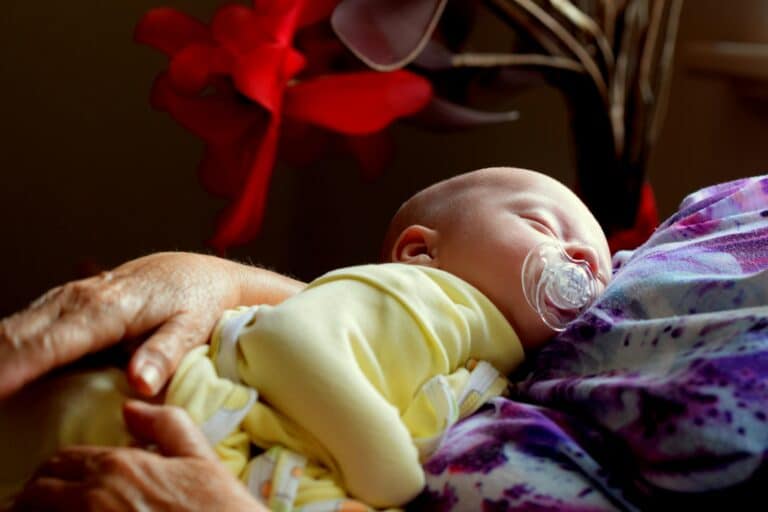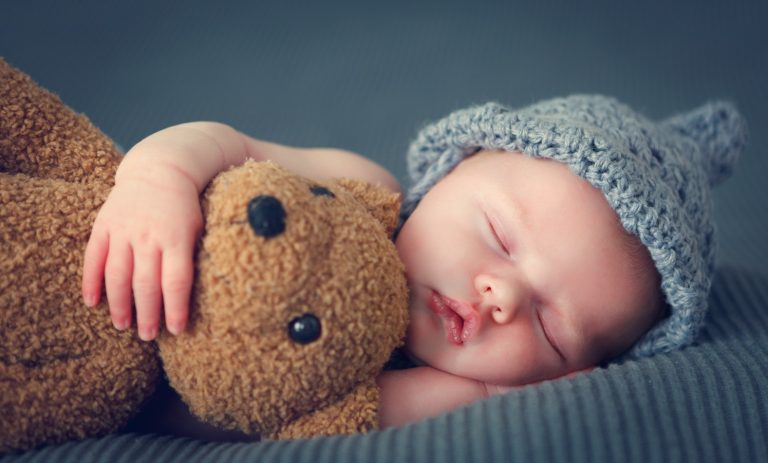How do you know when the right time is to start sleep training your baby? Sleep training does not need to start as soon as your baby is born. Before doing anything it is always a good idea to see how your baby behaves. And whether you can get the basics done first, such as getting a proper schedule. Many parents will embark sleep training when they feel that the basics have been done. For others, it is a choice related to their baby’s age and development.
Sleep training can be a very touchy subject among parents. There are so many different opinions about whether or not it is okay to let your child cry it out. Many people have been led to believe that letting their kids cry will cause them irreparable harm, but isn’t true. There are plenty of benefits from teaching your children how to self-soothe at an early age. In this blog, we will tell you how to give a sleep train to your baby and will also discuss sleep training methods.
In This Article
When a baby is ready for sleep training?
Baby sleep training can begin as early as two months of age. But is usually done between the ages of four and six months. During this time a baby goes through important stages of development. The basic truth about sleep training is that a baby or young child needs to sleep far more hours than an adult. The average four-month-old infant will need to sleep for 14 – 16 hours per day. The eight-month-old will still need 12 – 14 hours of the night and daytime sleep. By age three, a child usually requires 10 – 12 hours of sleep per night.
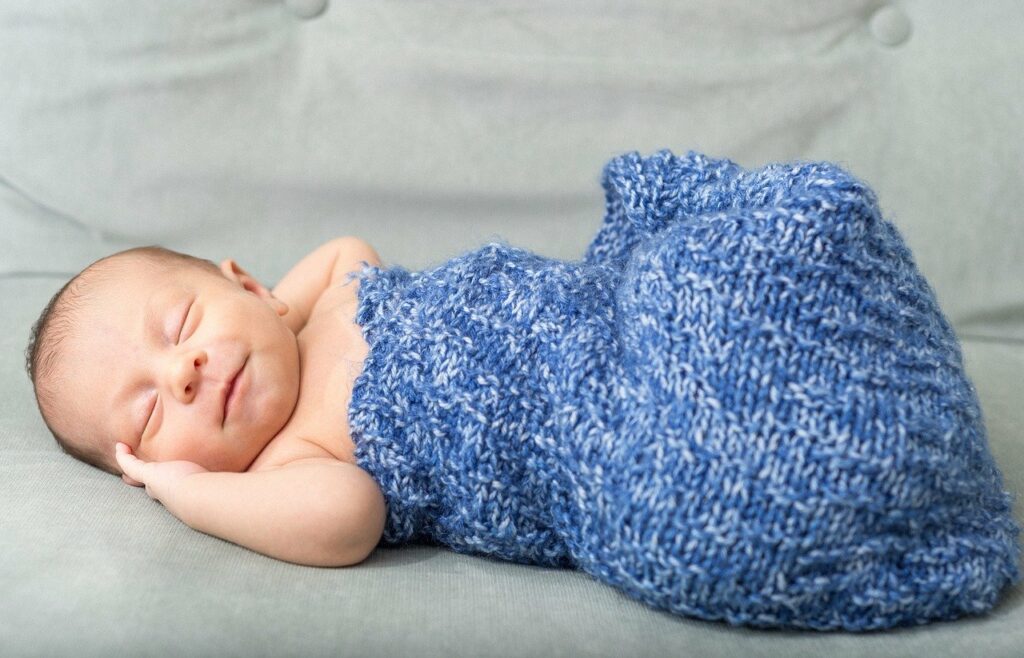
Parents, however, are frequently reluctant to modify their child’s sleeping patterns. Because they think they cannot afford to lose even one hour of sleep. They fear that short term, they may not be able to cope with over awakened children. But the fact is that they will not only become more efficient parents once their children are better rested. They will also be helping their children to avoid serious health problems in the future.
If you have arrived at the point where you feel that your baby is old enough for sleep training, don’t delay it further. It’s never too early or too late to begin sleep training. If you wait until your child is of school age, it may be harder to train your baby to sleep through the night. There are so many sleep training methods or techniques are available for parents to train their child sleep.
What is the best age to sleep train?
However, according to a sleep consultant sleep training age should be six months old. In some cases, experts recommend that even older babies still be nursed to sleep for their naps and night time sleep periods. This is because they have not yet learned how to fall asleep on their own during the day. It may be necessary to spend a few weeks teaching your baby how to fall asleep independently.
Since most experts agree that you can start sleep train your baby at 6 months. It is the best time to sleep train your child. Many parents begin when their baby is only two or three months old. However, this is too early in most cases. Before 6 months of age, babies are still learning how to fall asleep on their own without the soothing effect of sucking on a pacifier or breast.
If you start sleep training this early, your baby will not learn how to fall asleep on their own. And they will also associate falling asleep with the breast and pacifier and be more difficult to wean off of them at a later time. Once you begin sleep training, do not stop until it’s complete. This means that you should not start and stop sleep training multiple times. Once you have begun the process, be sure to follow through with it. This will avoid confusing your baby and will ensure that they learn how to fall asleep on their own as quickly as possible.
How baby sleep training methods works?
Many different sleep training techniques can be used to help sleep train your baby if they need it. One of the most important things is to realize that there may be some crying involved in all of these methods. Especially when you initially start implementing them. Below are these training techniques and methods for parents to sleep trained their babies.
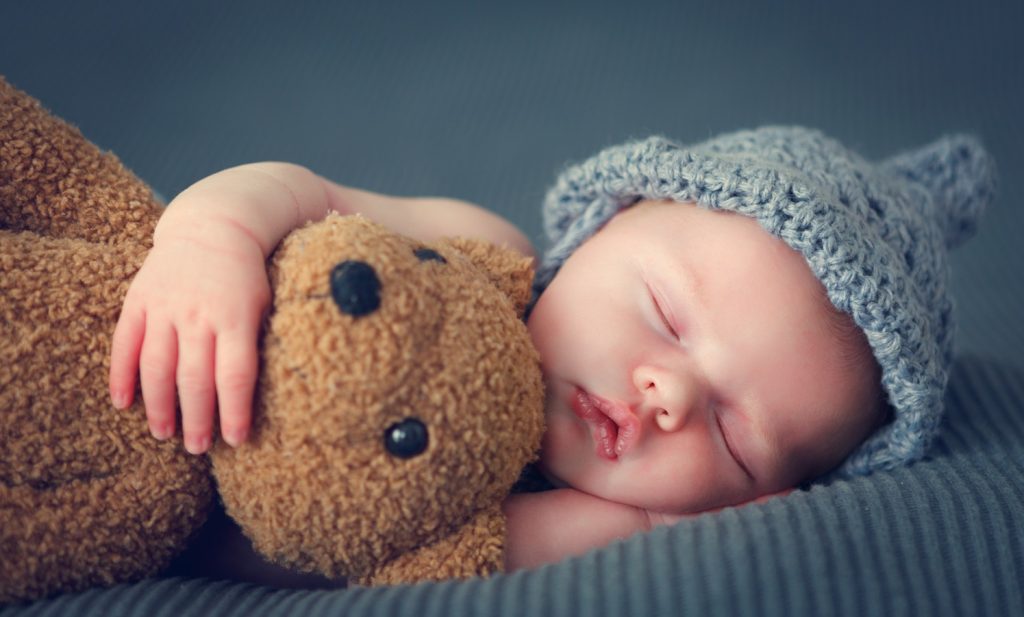
1) Ferber Method:
Ferber method needs a lot of patience because it takes a long time to work. You have to let your baby cry for longer periods before going back to the room. Gradually increase this time as well so that they can sleep on their own as soon as possible. Ferber method would be the best sleep training method for improving the infant’s sleep quality.
In ferber method, you can expect your baby to cry for 5-10 minutes at first. Then, gradually increase the time by 10 minutes every few days or so. After successful sleep training a baby falls asleep on their own in about one week. Also ferber method is good to use for upgrade babies consistent bedtime routine. This technique however only works if your baby isn’t so young and if you’re comfortable enough to leave them alone in their room.
2) Bedtime fading:
In this sleep training method, you would delay your baby’s natural bedtime routine and wake-up time gradually. Until naturally baby falls asleep on their own. This is a gradual process that does not involve any crying. The baby usually falls asleep during the new bedtime routing. And wakes up during the new wake-up time without crying. It is an effective method for babies who fall asleep at specific times. And also very useful for parents with unpredictable schedules. Bedtime routine fading might not work for all babies. Because some of them might need slightly longer sleep-times in addition to sleep train your baby.
3) Cry it out (CIO):
This sleep training method involves leaving your baby to cry themselves to sleep. You do not return until you are sure that they have fallen asleep. The child mustn’t see their parents, as this can make them feel abandoned which will only prolong the crying process. This may be very hard for some parents to take, but it can work quickly and can offer long-term results.
As with CIO, you should leave the bedroom and not return until they have fallen asleep. However, this should be done gradually so that the baby doesn’t get too distressed. Over time, this method is usually very successful in the long term. And it may be recommended to you by a your child certified sleep consultant.
4) Bedtime hour fading:
Bedtime fading hour method is designed to help parents who have sleep problems in their babies. When it comes to bedtime routines of their baby’s sleep. To make them understand that the only place they should be sleeping in is their crib and not their bed or anywhere else.
First, you need to start this technique during a time where you think your baby will be the least likely to get up. For example, during dinner time or right before it is time for you to go to bed yourself. This sleep train method helps to provide healthy sleep habits to your child. If your baby is ready for sleep training then this is the gentle method to sleep trained and upgrade their sleep cycles as well.
5) Pick up and Put down:
By this gentle sleep training method you can help your child to falling asleep and teach them good sleep habits. This sleep training technique involves putting your baby in their crib when they are drowsy but still awake. And then waking the baby up once he or she falling asleep independently. This is important to ensure that they learn to self-soothe whenever they’re tired during the night. This sleep training technique helps to provide a better good night’s sleep to your children. This helps them to learn that being put in a crib will make everything quiet and calm down.
6) Chair method:
The chair method is one of the common and oldest methods to help babies learn how to sleep. With this method, parents should place their baby in a chair (a comfortable chair without any padding). Which is placed at a corner of the room, far from other objects such as walls, furniture, or windows.
As well as parents can sit next to their babies and pat them while they cry. But never pick up their babies. Parents should follow the same process for about 15 to 20 minutes at a time before they leave them alone to settle. They should also make sure that their babies understand that crying is only used. While they’re in the chair and not while they’re asleep in bed.
7) Customized baby sleep training:
This sleep training is customized to the baby’s age and sleeping pattern. It consists of establishing a routine for your baby. And putting them to bed while they’re still awake, offering soothing help without picking them up. It also increases the time between feedings before bedtime, limiting naps during the day. Customized baby sleep training provide your baby with the structure they need to fall asleep. The increase in night time sleep will also help your baby feel more rested during the day, making them much happier overall.
Is baby sleep training safe?
Baby sleep training is safe because it takes advantage of babies’ abilities to learn quickly at a young age. It’s the natural way to raise a happy, healthy child. Babies are programmed by nature to expect certain things from us. But if we don’t provide them with these basics they will suffer immensely. Sleep training is the means for you as a parent to help satisfy your child’s needs.
Sometimes the safe training concept depends on the sleep training methods and techniques. The “cry-it-out” or Ferber method is pretty much safe for all parents. However, other types of sleep training, like controlled crying can lead to emotional and physical problems in kids later in life. And both because it’s designed to make the child feel unsafe (creating emotional insecurity) and it can severely disrupt children’s internal body clocks (causing night terrors, insomnia).
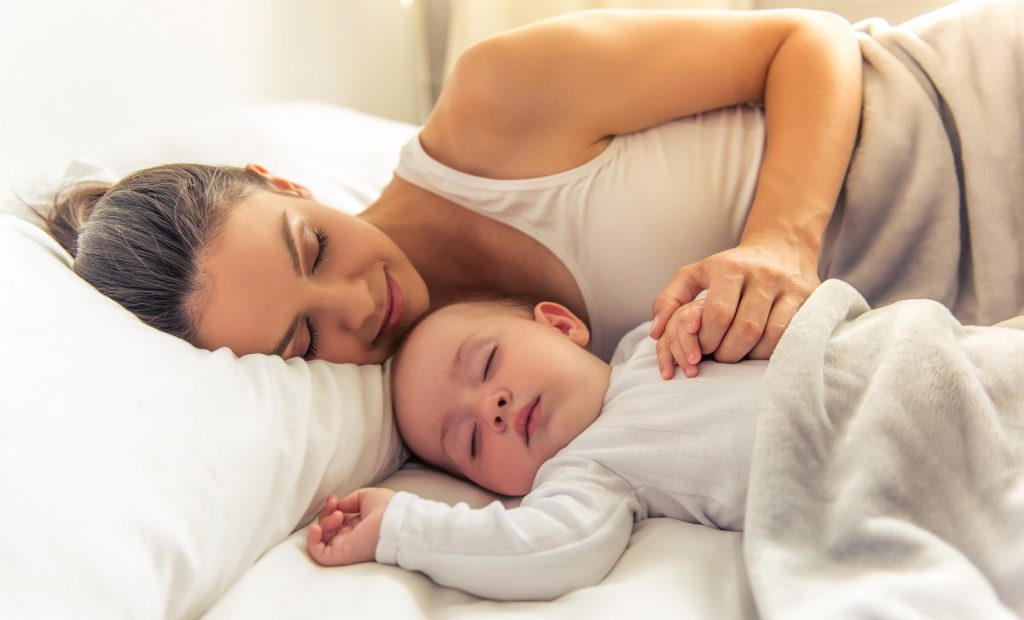
Therefore, baby sleep training is safe as long as you know the techniques and how to apply them correctly. With the right sleep training techniques, children quickly learn how to fall asleep and stay asleep. Some children respond better than others and some parents even report that their child learns too quickly. And ends up falling into a routine sleep pattern. Which makes them more difficult to wake during the night.
Tips you should know about it.
Here are the some useful sleep training tips for healthy sleep a parents should know and they are:
- It is important to have a clear understanding of the sleep training process and the associated techniques. So that you can implement them smoothly.
- It would be great if you establish good sleeping habits right from early infancy. Because it sets the stage for healthy sleep that lasts throughout childhood, adolescence, and adulthood.
- Keep in mind that establishing good sleeping habits does not mean letting your child cry until they falls asleep. It is better to comfort and reassure them when they cries initially. But there must be a limit to this soothing process.
- Parents should provide baby’s room and their own bed for some days before you start the training.
- Ensure that your child gets adequate rest during the day and at night time to ensure he or she is fully refreshed when it is his or her bedtime.
- Establish a bedtime routine and stick to it each night, this allows for sleep association and baby’s sleep cues, which makes falling asleep bedtime earlier.
- Ensure that your baby’s bedtime is not too close to meal time. Otherwise, your baby will get overly full or hungry before it is his or her sleep time.
- It is important to set a good example by establishing and following healthy sleep habits in your own life.
- Ensure that you take into consideration the temperament of your baby, but be consistent with your training.
- You should start at nap time if you plan to implement the same techniques for both naps and night time sleep. This is because it may be difficult to have a sleep time and wake time distinction just for night time of baby sleeping.
- Keep in mind that you ought to put the baby down drowsy but awake as this is an important part of the process. Which helps avert problems such as reliance on being rocked to falls asleep, or self-soothing behaviours.
The Bottom Line.
Therefore, babies need a lot of sleep, and they can’t always control their sleeping schedules. Sleep training is often necessary to regulate the baby’s schedule. So that he or she gets enough rest as well. In the above context, we’ve already provided some tips on when you should start sleep training your child. But we also recommend talking with your sleep training experts for more information about how long it will take before you notice any changes in your infant’s behavior.
In last we would like to say that a child’s sleeping habits are influenced by many factors. That includes home life, sleep environment, and how much he or she sleeps during the day. So parents should learn more about healthy sleep for babies from their experts. If you feel this article is beneficial to others then do not hesitate to share it. If you still think that something is missing, then let us know in the comments section below.


